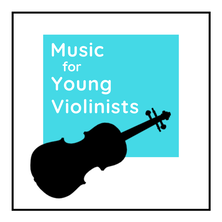From the 1-Minute Pedagogy Series1 - Minute Pedagogy is a series of 6 short videos that share my favorite "pearls of wisdom" that I have received for violin teaching from colleagues and teacher trainers over the past 2 decades. Think of these little videos as us having a cup of coffee together and sharing advice and perspectives to support the work we do as teachers. Please feel invited to continue the dialogue with your own ideas in the comments on the blog or youtube channel below. I apologize for the silly grin in some of these videos. I could not help but have a gigantic smile on my face when I filmed these because I was remembering so many special people that deeply you touched my life. To view all 6 videos in this series click HERE. Do we talk too much when we teach? I once had a colleague tell me that teachers here in America tend to talk too much when we teach and for the most part, I agree. Words are not our first language and the unique nature of our work as violin teachers invites us to integrate physical sequences with cognitive patterns. We then wrap this all up in the magical expression that is music itself. Such a unique combination is difficult to contain in verbal instructions which is why I suggest we do an inventory of how much talking we do when we teach and assess if this amount of language is as necessary as we may be in the habit of doing and also consider what options we have instead of words to communicate our teaching point.
Words go through our ears and into our brain where they can be interpreted in a multitude of ways which may not even match the intent of the instructor. Touching a body part relevant to the technique being studied, modeling with our own playing and reserving enough space in the lesson time to accomplish enough repetitions so the student can synthesize the information and correctly repeat in their home practice are integral to a successful learning experience. Certainly language is helpful in the process but if we talk too much we are not as effective as if we balance our teaching with training the muscle memory and inflecting meaning into the music. Additionally, we can use the tone of our voice, the spacing between words and facial gestures to communicate a sense of awe and wonder for this incredible process of learning music and stress the priorities of our teaching points. SILENT TEACHING CHALLENGE: If you really want to have some fun with this, take out a timer and have a playful challenge with your student or class to see how long you can go without speaking. You will be amazed at how this captivates your students while preserving your energy and best of all this is very effective for getting focused work accomplished. How do you communicate with your students in your teaching? What are some ideas you have for non-verbal teaching techniques? Please share in the comments below.
6 Comments
Woo-Hoo, another prize!!! There is a special $15 Gift Certificate Prize to the Music for Young Violinists STORE for the first person who can help me identify the piano composition this excerpt comes from.
I used to hear it being practiced next door decades ago when I was in music school but I never knew the composer. I only know it is *fantastically fun for teaching young violinists how to master their low and high 2nd fingers. Nothing replaces good old fashioned 2 octave G Major scales but in my experience most students need a little more support in their curriculum. The worksheet pictured below is a part of the Winer 2016 Music packet which is one of the many free perks of being on the Music for Young Violinists newsletter list. I give away an entire packet of music to my list every season. I love hearing from you and even if you can not tell me who composed this piano piece please let me know your feedback about the Winter 2016 Music Packet:
*If you are like me you may have wondered if this is a real word. I thought I was just making this up but learned something new today and according the Merriam-Webster this word actually exists. The definition of fantastically is 1 : in a fantastic manner. 2 : to a fantastic degree : extremely Ha! That was exactly the word I was looking for to describe this small etude I use to help students with their 2nd fingers. Let’s face it, getting kids to stay engaged during violin practice can be tough. Whether they’re tired after a long day at school or they’re frustrated with a particular skill, kids can get easily distracted. To help keep your student or child motivated, try implementing a few violin games into their practice session. Not only will games keep them engaged, but they will also help reinforce important skills and techniques. At TakeLessons, we’ve compiled a comprehensive list of over 20+ violin games. Each game works on a particular skill, such as reading music, ear training, and violin posture. What’s more, these games can be applied to almost any instrument. Below is a sample of a few games both parents and teachers can play with their budding musicians. Simon Says: To help with ear training, play this new rendition of the old-school game “Simon Says.” Taking on the role of “Simon,” start by issuing instructions to the student(s). For example, when you play A on the violin, the kids have to stand up. Or when you play E, the kids have to sit down. Spot the Mistake: Start by showing students the proper bow hold, then ask them to close their eyes while you set up your bow hold with one obvious mistake; for example, a straight thumb. Once you’re ready, ask students to open their eyes and spot the mistake. They get three chances to guess the mistake before moving on. Tree Trunk: To practice the proper violin posture, have the child pretend he or she is a tree in the middle of a tornado. If the student’s feet are placed too narrow, then the wind will be able to push him or her over sideways. If his or her feet are placed too wide apart, then the wind can pull him or her forward or backwards. Children can get easily burnt out when trying to master a complex instrument such as the violin. To help keep them motivated, mix up their practice routine with these fun, educational games. To view all 20+ violin games, click here. This article originally appeared on TakeLessons.com. Brooke Neuman is a violin and piano editor at TakeLessons, an online marketplace that connects thousands of teachers and students for local and live online music lessons. Let's connect and inspire each other on Pinterest! Music for Young Violinists is happy to be joining Pinterest - a virtual bulletin board. I will be posting unique violin and music education-related items that are complementary to the posts and resources on the Music for Young Violinists website. I will frequently update our board with:
What exactly is Pinterest? Pinterest is a virtual bulletin board. Your Pinterest board fills with images of your specified interest from people from around the world that you follow. Many music educators are now using this modality to share ideas about teaching, practicing, inspiration, and humor. Learning is an incredible experience that encompasses all parts of life. YES, that sometimes means fun, silliness, and cheesy jokes!!! Young musicians having fun with a play on words in one of our group classes. We are using the quarter note rests from the Blue Jello Rhythm Puzzles that are a part of the Music Mind Games curriculum created by the brilliant pedagogue Michiko Yurko. I highly recommend this music theory program - your students will have so much fun, they hardly even realize that they are learning! For more information, please visit the Music Mind Games. |
Categories
All
Archives
February 2024
AuthorHi! It's me, Heather. I absolutely love working on the Music for Young Violinists project and all the many facets: blogging, website, music, teaching materials, freebies, videos, newsletter and giveaway contests. The best part is connecting with you so feel free to drop me a line. You can learn more about me on the "ABOUT" page. Thanks! |
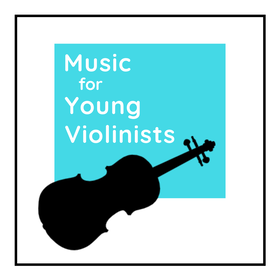
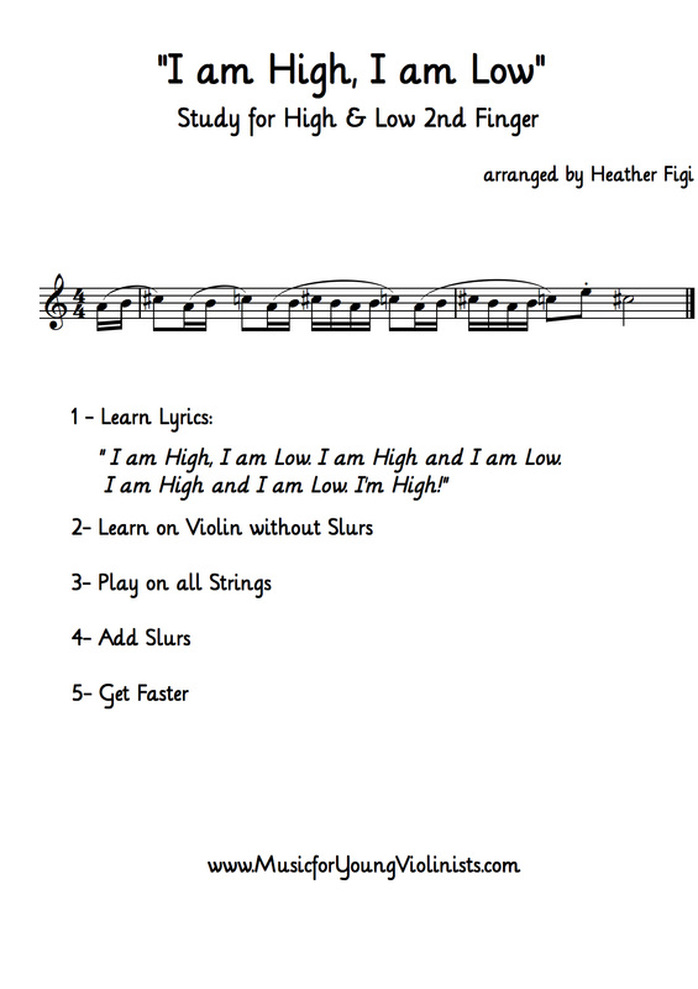
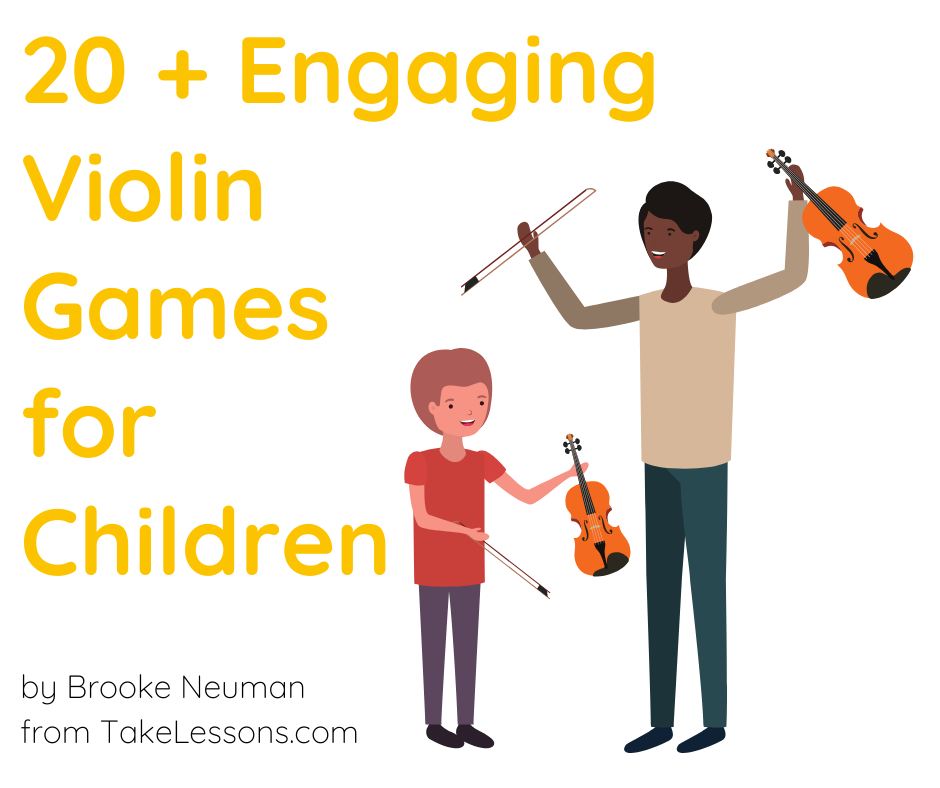
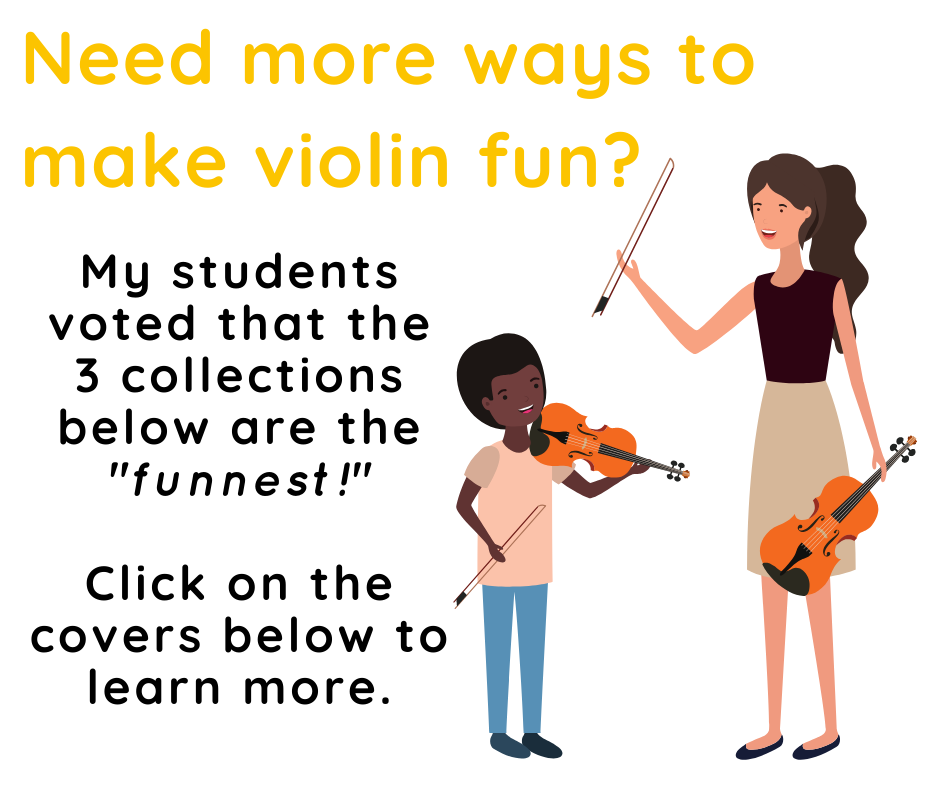
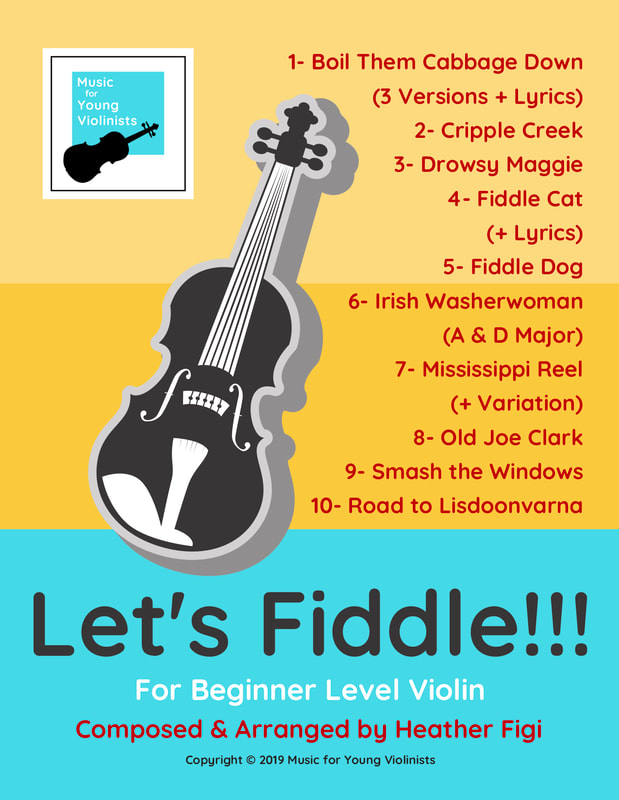
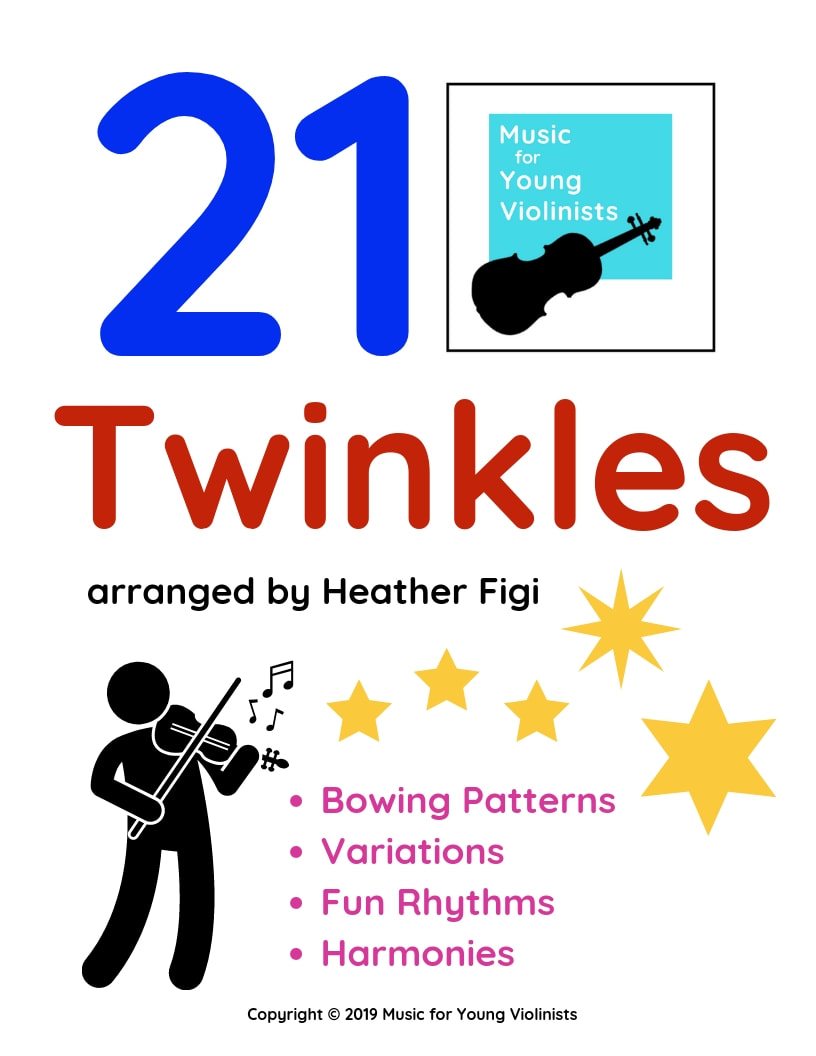
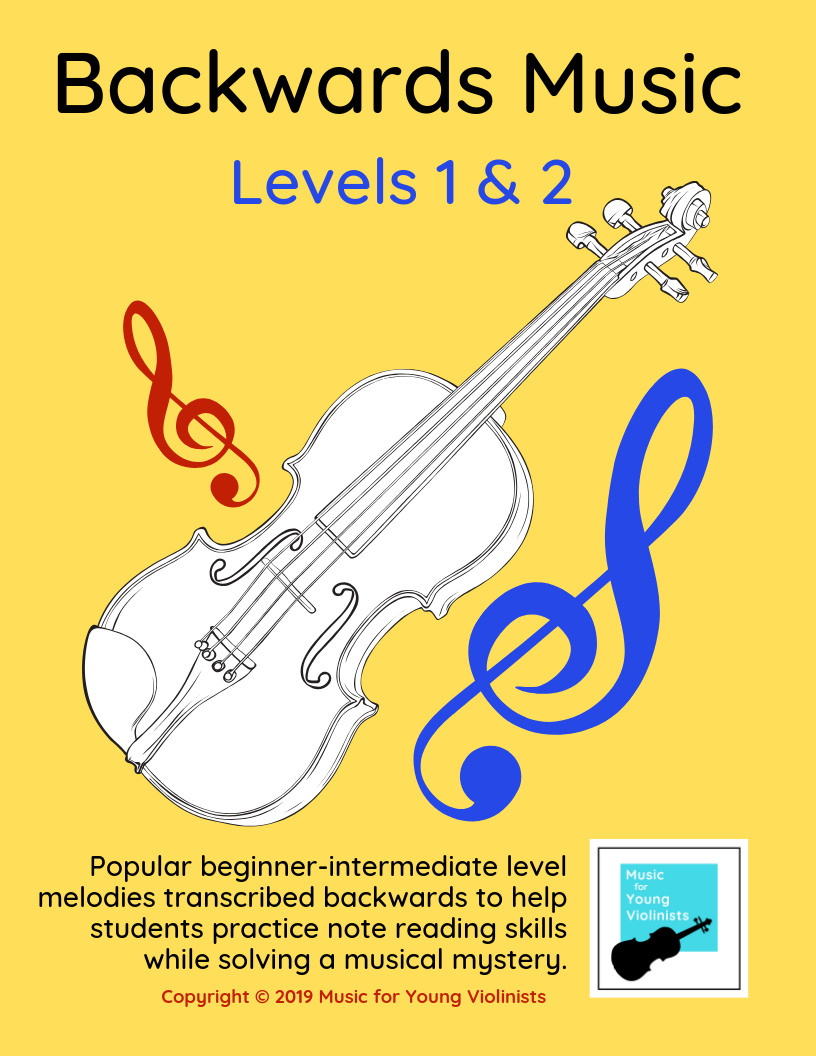
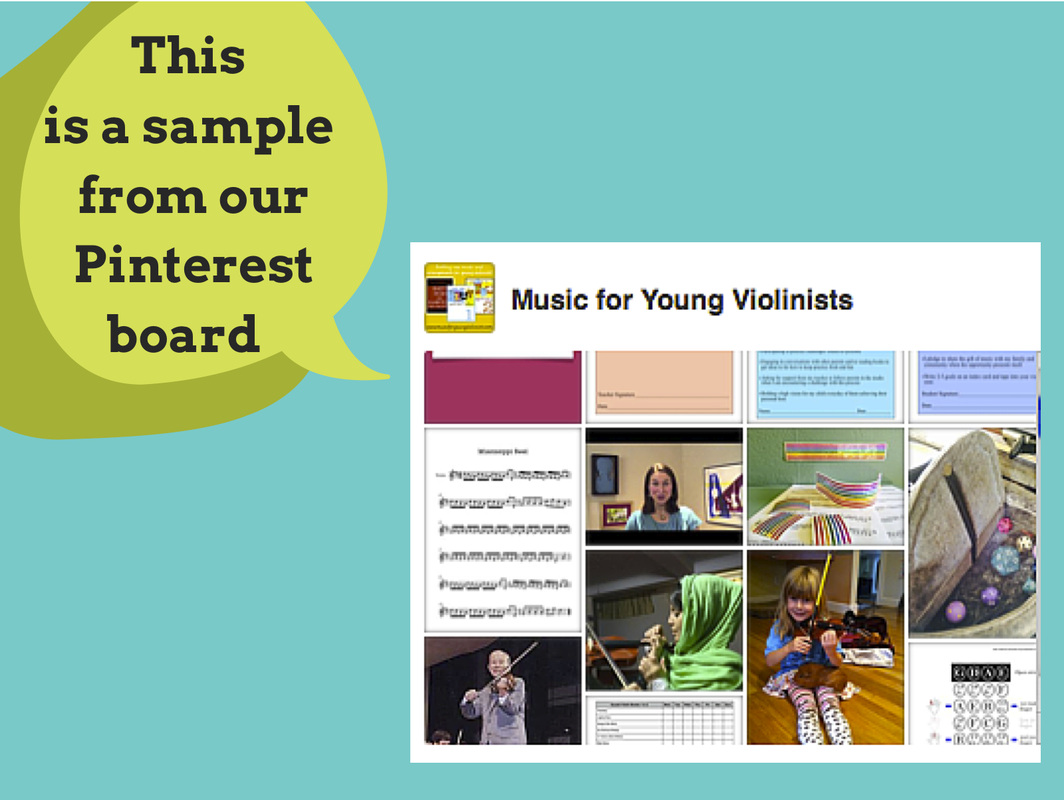
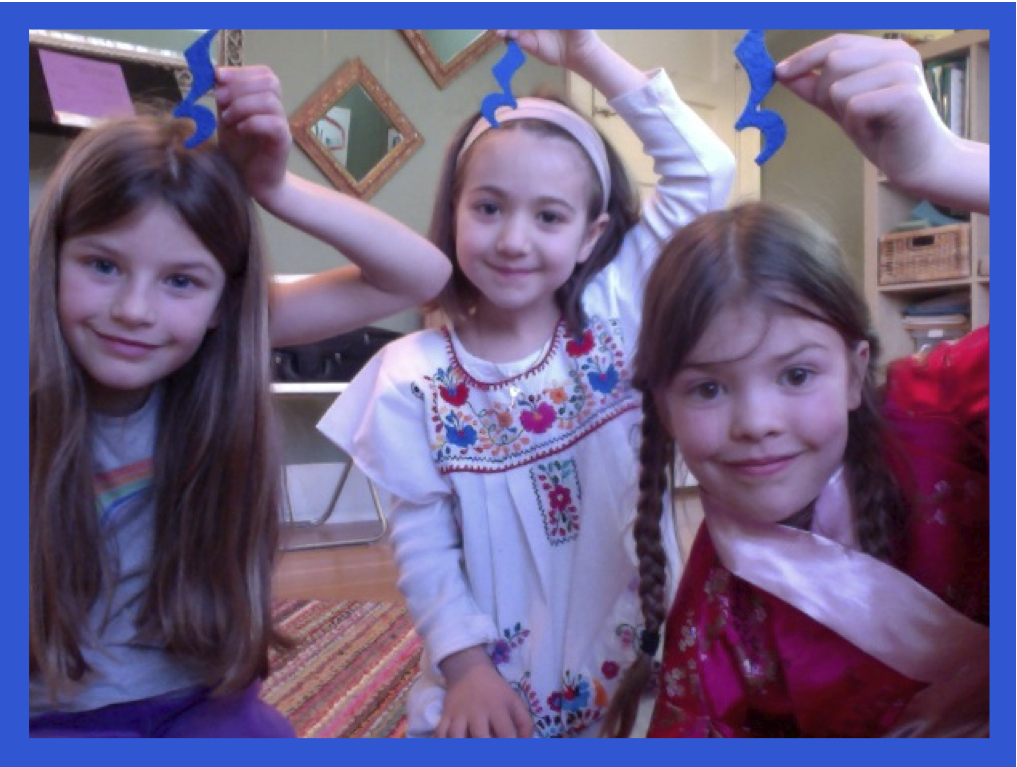
 RSS Feed
RSS Feed
